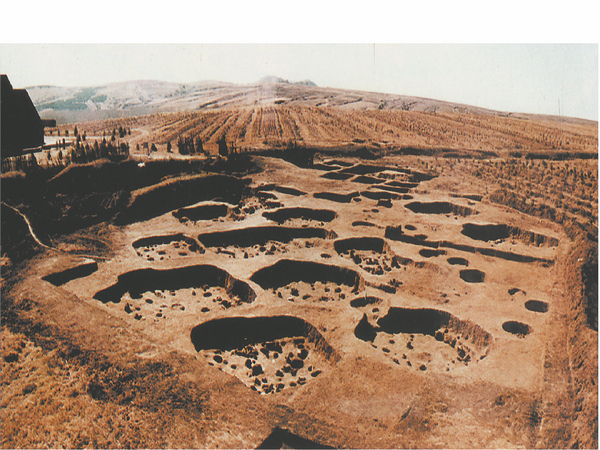

Li says the tools are believed to have been made by skilled craftspeople, since the pottery vessels are well-made and decorated with exquisite patterns. This suggests a social division of labor that probably appeared during the Chahai period, which permitted professional craftspeople to focus on their creations and honing their skills.
"The social division of labor leads to social differentiation, and finally to the birth of a country. This is the dawn of the birth of civilization," Li says, adding that four nearby sites have yielded similar discoveries and are also believed to belong to Chahai Culture. Together, they form a group of sites waiting to be explored.
"The Chahai group is one of the earliest set of sites in the West Liaohe River Basin, and dates back to about 8,000 years ago," said Li Xinquan, former deputy director of the Liaoning Provincial Institute of Cultural Relics and Archaeology, during a seminar last month.
"They are important components of the pluralistic and integrated pattern of the origins of Chinese civilization and testimony to nearly 10,000 years of cultural history and 5,000 years of civilizational history of China," he added.
Legal measures to protect the five sites were enacted in 2020, which also ensure support for their study and development.
There are also plans to build an archaeological park focusing on the site, which will be integrated with environmental tourism and feature a new museum, archaeological sites, areas for appreciating agricultural landscapes, and spaces for leisure activities. The new museum will display not only artifacts from the sites, but also from the Paleolithic period in the Chahai area, and from Hongshan Culture, the probable successor of Chahai Culture.
"The objective is to provide a comprehensive understanding of the origins and evolution of Chahai Culture," says Li Jingyan.
Contact the writer at wangru1@chinadaily.com.cn